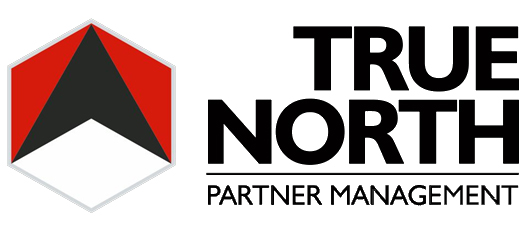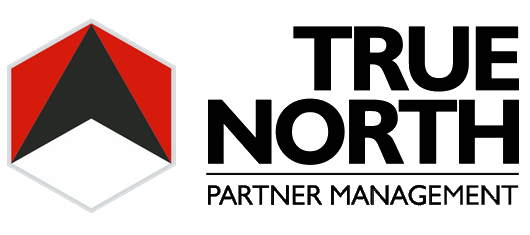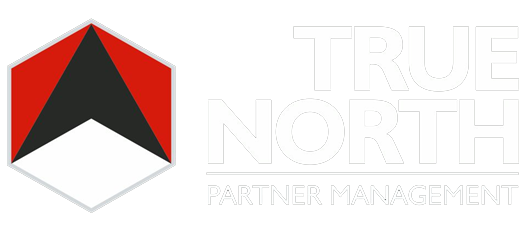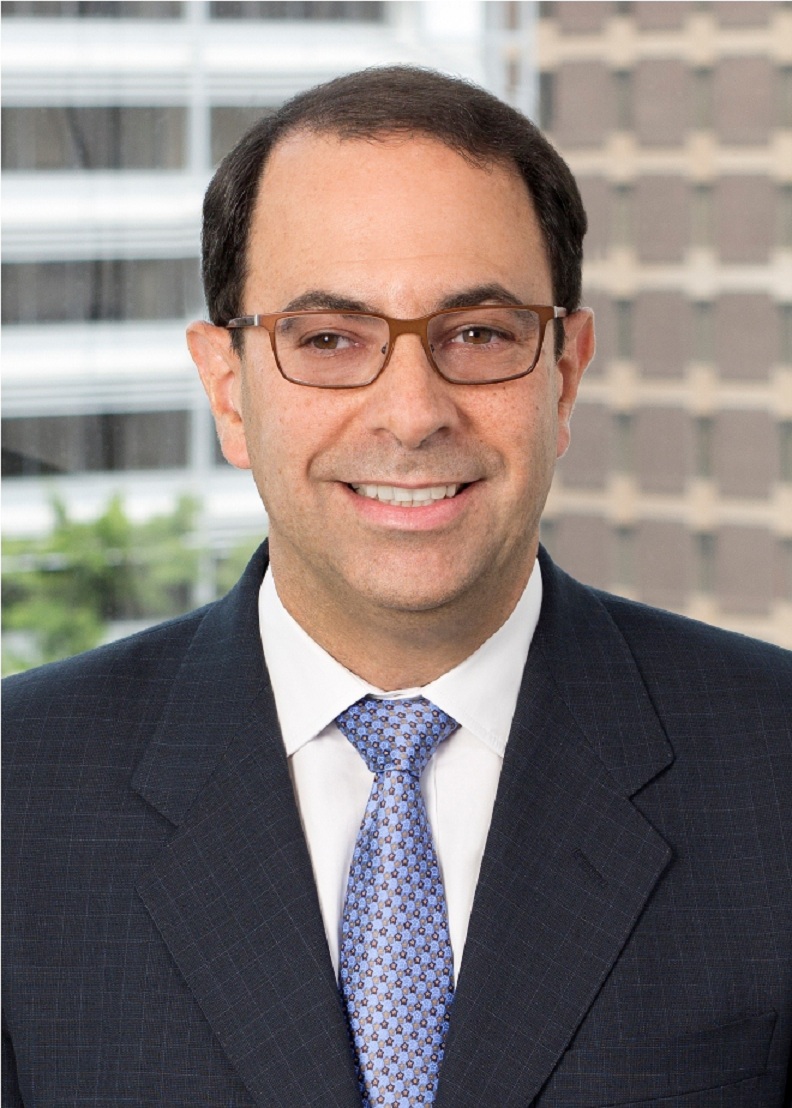The following post originally appeared on Forbes | May 19, 2015
He who knows others is wise; he who knows himself is enlightened. Lao Tzu
In the increasingly bifurcated legal market where, from a higher perspective, firms are either pursuing globality with vast practice offerings or regionalization and/or specialization, it can be very dangerous to have a less-than thorough and critical understanding of your firm’s composition: Its strengths, weaknesses, appetites for risk and expansion, etc.
Pursue globality without enough horsepower, and you’ll struggle in the wake. Constrict offerings and shut down offices too aggressively, and run the risk of starting the downward spiral. It is a balancing act. And one that needs to be done with a clear purpose, and a brutally raw recognition of what tools and resources are, indeed, available to you.
Today I speak with Gary Wingens of Lowenstein Sandler. With four offices and approximately 300 attorneys, they are a smaller firm by BigLaw standards. But pressure from the Global Financial Crisis caused them to take a very hard look at their composition and where they fit in the market. And through smart leadership and a keen understanding of themselves—their strengths and weaknesses—they are pursuing a strategy that continues to keep them competitive in an increasingly challenging market. See our exchange below:
On Their Past Strategic Path
Parnell: If you could, just talk to me about the strategy that has brought you up to this point. What brought your firm to where it is right now?
Wingens: Sure. Just a little bit of background, first. I became managing partner of the firm on February 14th, 2008, which, if you remember, was exactly one month before Bear Stearns was acquired by J.P. Morgan for next to nothing. It was also exactly seven months before Lehman Brothers went under. In my case, Lehman Brothers had been one of my largest and longtime clients.
It was a particularly interesting time in the first 6 or 7 months in my new role. In 2008 and 2009, basically everything was in flux. The world felt as if it had stopped spinning on its axis. The real imperative was to stabilize the base; to calm a lot of fear within the firm, and to enhance confidence in our plan. I immediately started doing town hall meetings to make sure that people understood where we were as a firm, the diversity of our practice areas, and how that diversity would help us power through the recession.
As we moved forward into the second half of 2009, it felt to many of us that we were on the verge of a typical post-war recession and rebound, and that things would start turning up in 2010. We didn’t realize that it would take a lot longer before things really turned up.
Nonetheless, the optimism was valuable because it caused us to focus on our areas of strength. In the second half of 2009 we sat down and did an extremely deep dive into firm strategy, and took a hard look at where we were: Where were our legitimate strengths? Where were our softer areas? And we learned that if we look back at where this firm has come in the past half-dozen years, there were some clear areas where we had grown, where we had strong leadership, where we had some real traction in the marketplace. So we said, “Let’s go do more of that! And in a time of unrest in the world, let’s really pick our spots where we think we can be among the best in our business and double down.”
We called our 2009 plan our “Double Down Theory” of focusing on broadening and deepening the areas of strength of the firm. In particular, these were practices that represented funds, ranging from traditional hedge funds to private equity and venture capital funds; companies engaged in the technology industry; and clients in the life sciences business, ranging from Big Pharma to medical device makers and emerging growth biotech companies. Our burgeoning bankruptcy practice was also a critical area of growth at that time.
On Closing Out Practices
Parnell: The other edge of your strategic sword is that there are practices that, though they might be making money, are not a part of the core areas that you are focusing on. How are you handling those as a managing partner? Are you fazing them out? Are you actively getting rid of them?
Wingens: You pick your strengths and recognize that there are many other things you do as a firm. In our case, we focus on some key industries, yet we have clients in many other industries. But what we’re saying in picking our strengths is that from a management perspective, and from a branding perspective, we’re going to pick those spots to focus on. Yes, there are a couple of practices that have naturally gone away over the past few years through, say, retirement of partners who we didn’t replace, for instance. But we’re not actively looking to shed practices.
On The Spread Of Their Partners’ Income
Parnell: Let’s talk about your partnership compensation spread. I’ve read that, in at least as late as 2013, your spread is 24:1. I’m not sure what it is right now, but that’s a huge spread. There’s a lot of criticism about this. But with 15 straight years of revenue growth, it appears that you guys are still plugging along and doing well. Could talk to me about that?
Wingens: I think you got that from a 2013 [The] American Lawyer article. Technically, their data was incomplete, and our spread was not quite as wide as that. Yet it was still among the highest reported by The American Lawyer. Regardless, the reality is that year in and year out, while we do have a wide spread from top to bottom, about 90% of our equity partners are within a 5:1 spread.
Where our compensation is concerned, we do have a flexible system that, in any given year, can reward great success within the firm. Each year produces some outliers, and those outliers can be different people from year to year because of extraordinary performance and extraordinary contribution to the firm.
In particular, one of the strategies that we adopted in 2009 was seeking to diversify away from the billable hour. And we are actively engaged in not only the regular alternative fee arrangements that many firms have been employing, but we also have a number of contingency and hybrid contingency types of cases. Every once in a while we get an extraordinary result from one or more cases that can lead to outsize compensation going to partners responsible for those results.
On Managing Performance With Their Compensation Model
Parnell: So it sounds like you are directly managing performance through your compensation model. Can you go a bit more granular with that?
Wingens: Sure. While we don’t really believe that we manage performance through compensation, we certainly use our compensation system to support firm-positive behaviors. First, we re-visit compensation every single year. And we do, very much, look to our compensation committee to reward partners for their contribution to the firm in the prior year. Also, we don’t have steps; we don’t have points; we don’t have levels; and we don’t have gates. We don’t block people from moving by a lot of money in any given year if they deserve it.
Our system is a meritocracy, and appeals to partners who enjoy our entrepreneurial environment. It very much discourages complacency, and that’s one of the most important aspects of our system. Again, going back to our understanding of who we are—that we are a mid-size firm; we don’t have, in all corners, the same brand recognition as the top 25 firms—so honestly, we have to work harder. Our people have to be out there more, and they have to be running a little faster than the firms we compete with. We find that for a firm like ours, we understand that we need a system that provides rewards for people who are out there and are really returning the results.
On The Firm’s Values
Parnell: Can you talk to me about values a little bit? On what values was the firm founded? Are they still alive today?
Wingens: They are very much alive today. I don’t want to sound too hokey, but I often think about Alan Lowenstein, the founder of our firm, and the values that he talked about. Based on those values—the values on which our firm was founded—we view all major management decisions through the filter of how those decisions will impact our people, our clients, and our communities.
Alan often talked about his commitment to our people, and how much he cared about everyone in the firm. He knew the names of the kids of the people in the mail room. He knew almost every secretary in the firm and what was going on in their lives. And yeah, he knew the lawyers as well. He really emphasized that kind of egalitarian, non-caste system value of “We do things together as a firm. And everybody has a really important role to play in delivering legal services to our clients.”
There are, obviously, differences in compensation. But it certainly doesn’t mean there are differences in a person’s value to the organization, and their contribution to the organization, and certainly the respect with which each person should be treated. So, one of our core values is thinking about our people very holistically, taking care of our people, and knowing that they care deeply about the organization.
Second, of course, and not necessarily in that order, are our clients, and the value and service that we deliver to our clients. We fuel this by being very mindful that we don’t have the same name recognition as those very top tier names. So, if anything, we have to deliver better value, better service, faster turnaround time, constant responsiveness, and always let our clients know that we’re caring about them, and their business problems, and their personal problems, as well.
And then, third, and this will always stick with me in terms of what Alan [Lowenstein] taught us, is commitment to our community. So one of the first things I did as a managing partner was create what we now call the Lowenstein Center for the Public Interest, which takes our pro bono efforts that have always been at the top of the scale, and locates them in a center with a dedicated partner who leads our pro bono efforts, full-time.
On Challenges Facing A Mid-Size Firm
Parnell: As an approximately 300 attorney firm, what are some of the challenges that you guys are facing? Let’s say one or two particular challenges that you see?
Wingens: Well, as a mid-size firm we feel the constant need to do things more efficiently, to run a little faster, to be leaner, because we don’t have the same armies of associates in every area, and have to staff things much more efficiently. We have to do it better, faster, smarter—all those things—because we know that there are people out there who are trying to take our work every single day.
Our focus on a few key areas allows us to listen better. And our clients consistently praise us for it. When we do the studies and the research, we hear that our clients who use many different law firms do believe that we understand their business needs better. They appreciate our commercial sensitivities and sensibilities. I think that is helped by our size. As 300 lawyers, our strategy of doubling down, picking our strengths and sticking to them, and growing those, is imperative.
With regard to size, though, we have a choice every day. We get calls all the time about merging into much larger firms. But that’s never been appealing to our partners because we would lose that focus that we have now. So the strategy with focus is, I think, in part due to our size and being happy with our size. And not wanting to be part of a much larger organization.
On Mega-Firms
Parnell: So what are your thoughts about the mega-firms? They are obviously following a different Path…
Wingens: Some of my best friends are mega-firms. This is still a large enough industry where I think there are lots of paths to success. And I think mega-firms can, as we’ve seen, be extraordinarily successful. But it’s not who we are. It’s not what we want to be. We like the focus that we have. We like the size that we are. We’re looking to continue what I like to call our “slow and steady growth.” Broadening and deepening services that we provide to our clients in our key strategic areas. But we aren’t looking to be a mega-firm.
Parnell: Are you open to a merger?
Wingens: We are certainly open to talking to mid-size or small firms about joining us. But we are not open to merging with a larger organization.
On Technology
Parnell: Technology. How does that play a role in your evolution, if at all? Are you focusing on technology? If so, what kinds?
Wingens: Of course. Technology has dramatically changed the way all of us have done things over time. It’s made things like geography less relevant, and has allowed us to be much nimbler. The tension right now that we’re seeing within the law firm is between mobility and security. Our people, and our clients, want access to all of their information from anywhere. But we need to make sure that we’re providing that in a very secure environment, especially as lawyers with special ethical obligations. We need to be sure we are balancing mobility and security appropriately.
Some of the things that we are using more and more these days are file sharing systems with the level of security we need to confidently give our clients access to documents across all platforms—on their phones, on their tablets, on their PCs or Macs—but it’s in an environment that we can control and control access to. It’s basically an alternative to Dropbox, or similar technologies, that don’t have the level of security that law firms need.
Another example of a recent product that is really catching fire, especially among our venture capital and technology-based clients, is an electronic document tracking and signature package that allows people to sign documents—again, from any platform—and automatically tracks them. It cuts down, dramatically, on the need to hound people for signatures, and the hourly costs of compiling closing documents.
A third type of technology that we’re seeing deployed, and we’re in the process of deploying widely, is high-quality and secure video conferencing combined with WebEx. So if we’re doing a point-to-point video conference between our New York and our Palo Alto offices, we can have other people join into that video conference from their phones, their tablets, or their computers. This allows people to be in the office and remote, and clients, anywhere, to join in a video conference. We’ve all been using Skype for years, but this combines the conference room technology—which has always been relatively closed point-to-point—with a much more commercial-to-consumer-type technology, and joins all the people in the same kind of conference, while doing it in a secure environment.
On Their Strategy Going Forward
Parnell: Looking out over the next five years or so, what’s your strategy? I think I can glean it from what we’ve talked about at this point, but just to sum it up…
Wingens: Number one, I believe our firm is on a smart, upward trajectory. We have a rhythm and a strong sense of direction. We’re not going to bounce all over the place. We’re going to continue that slow and steady growth, and broaden and deepen our core areas. Having said that, when we did an update to our strategic plan just this past year, we talked about the next steps, what we need to do along with our focus on those key areas, and what other things we need to be looking at. And we recognized the need to take a step back and look at three important areas that we’re going to reemphasize:
One is the delivery on our brand promise, and making sure that we are very consistent on how we project ourselves into the world and into the marketplace; that people, especially our own people and our clients, understand who Lowenstein Sandler is and what we stand for.
Number two is looking at our people systems and making sure that we are providing proper training at every level of the organization, and that we have career paths for people at every level of the organization. We want to be sure that our recruiting is aligned with our values so that we are getting people in the door that are Lowenstein-compatible.
And then the third area is our financial competitiveness, which means really digging into the way we look at our pricing models; the way we look at our cost structure and how we might better align ourselves with our clients. We’ve been talking about alternative fee arrangements (AFAs) for years. We’ve been happy to talk to our clients about AFAs. We’ve done AFAs in many different situations. But what we want to get a lot better at is making sure that our internal systems, our compensation systems, and our other incentives within the firm, are totally aligned with the pricing models that we’re putting out there, and that our cost structure is aligned with the pricing model. I think law firms are still in the early days of doing that.
Even though we’ve been talking about this as an industry, in one way or another since the recession, law firms are still largely following the same internal models we have since World War II. Our firm’s strategy over the next few years is to really be innovative and look for ways that we can shake up the traditional model to really focus much more on what our clients are asking for, and make sure that all of our incentives are aligned.



